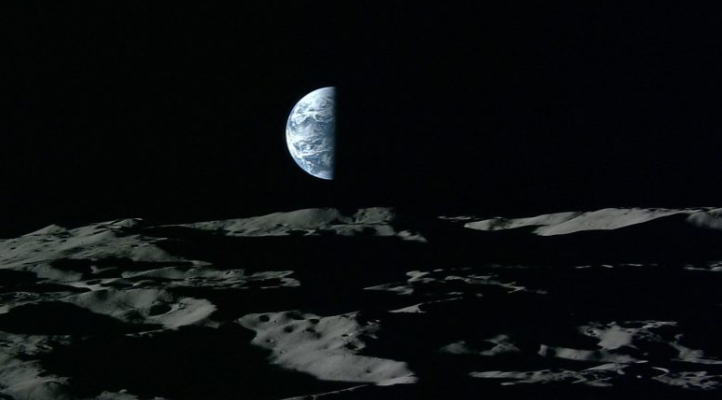Time Standard for the Moon: A New Era in Lunar Exploration (GS Paper 3, Science)

Context and Initiatives
- On August 22, 2024, a significant step was taken in lunar exploration with the proposal to establish a standardized timekeeping system for the Moon.
- This initiative, prompted by the International Astronomical Union and directed by the US White House to NASA, reflects the increasing complexity of lunar missions and the need for precise coordination among various space activities.
Why Establish a Lunar Time Standard?
Coordination Among Missions:
- As the number of lunar missions grows, both from national space agencies and private entities, the need for synchronized operations becomes critical.
- A standardized lunar time will facilitate seamless coordination, prevent scheduling conflicts, and streamline mission planning.
Safety and Efficiency:
- A common time standard can enhance safety by reducing the risk of spacecraft collisions and ensuring the efficient use of lunar resources.
- It helps in managing operations and data collection more effectively.
Scientific Consistency:
- Accurate and consistent timekeeping is essential for synchronizing scientific experiments and data collection.
- This will ensure that findings are reliable and comparable across different missions and research efforts.
Challenges of Lunar Timekeeping
Time Discrepancy:
- Due to the Moon’s weaker gravitational field compared to Earth, time passes slightly faster on the Moon—by approximately 58.7 microseconds per day.
- This discrepancy arises from Einstein's theory of General Relativity, which predicts variations in time flow due to gravitational differences.
Complex Transition:
- Directly applying Earth’s timekeeping systems to the Moon isn’t feasible due to these relativistic effects.
- Developing a lunar time standard requires overcoming these challenges to ensure accuracy and consistency.
Creating a Lunar Time Standard
Deployment of Atomic Clocks:
- Atomic clocks, known for their exceptional accuracy (losing only one second in millions of years), will be used to set the lunar time standard.
- These clocks will be placed on the Moon to provide precise timekeeping.
Synchronization with Earth Time:
- Lunar atomic clocks will be initially synchronized with Earth-based atomic clocks.
- Continuous adjustments will be made to account for time discrepancies caused by gravitational variations.
Establishing Governance:
- An international consensus will be crucial in adopting and adhering to the lunar time standard.
- Organizations like the International Astronomical Union (IAU) will play a key role in this process.
Mission Control Synchronization:
- Coordination among global mission control teams will require integrating the lunar time standard into their operational protocols.
- This integration will involve advanced communication systems to keep timekeeping synchronized.
Key Facts About the Moon
Formation and Orbit:
- The Moon formed about 4.5 billion years ago following a collision between Earth and a Mars-sized body named Theia.
- It orbits Earth at an average distance of 384,400 km and completes one orbit and rotation in 27.3 days.
Surface Features:
- The Moon’s surface includes craters, mountains, and "maria" (large flat plains).
- The near side features maria, while the far side is characterized by more craters and highlands.
Gravity and Influence:
- The Moon’s gravity is about 1/6th of Earth’s, influencing Earth’s tides and contributing to the stabilization of Earth’s axial tilt.
Exploration and Importance:
- The Moon has been a focal point for human space exploration, starting with NASA’s Apollo missions.
- It affects Earth's tides, has historical and cultural significance, and is considered a potential base for future space missions.
Conclusion
- The initiative to create a time standard for the Moon represents a crucial advancement in space exploration.
- It aims to address the complexities of managing multiple lunar missions, ensuring safety, efficiency, and scientific accuracy.
- As lunar exploration intensifies, the establishment of a lunar time standard will be essential for coordinating international efforts and fostering future scientific discoveries and technological advancements.
- The successful implementation of this standard will mark a significant milestone in humanity’s continued exploration of the Moon and beyond.


